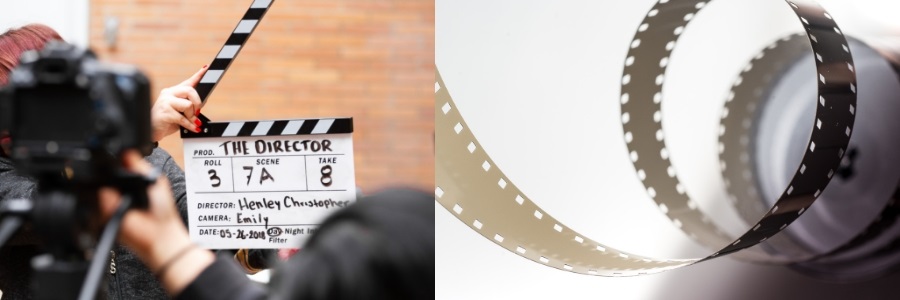Elements of A Movie
Elements of a Movie: A movie is a complex and artistic medium that involves the coordination of various elements to create a coherent and engaging visual and auditory experience. Here are the key elements that contribute to the making of a movie:
Elements of a Movie
- Screenplay: The screenplay serves as the blueprint for the movie, containing the dialogue, descriptions of scenes, actions, and characters. It provides the foundation for the entire production.
- Direction: The director’s vision guides the overall creative process. They make decisions about camera angles, performances, pacing, and visual style to bring the screenplay to life.
- Cinematography: Cinematographers use cameras and lighting to capture the visual elements of the film. They make choices about framing, composition, camera movement, and lighting to convey the desired mood and atmosphere.
- Acting: Talented actors bring characters to life and portray emotions, relationships, and conflicts. Their performances contribute to the authenticity and depth of the story.
- Production Design: Production designers create the visual look and feel of the film. They design sets, choose props, and create the overall visual aesthetics that support the story.
- Costume and Makeup: Costume designers create outfits that reflect the characters’ personalities and the time period or setting of the film. Makeup artists enhance actors’ appearances to fit their roles.
- Sound Design: Sound designers and engineers create and mix the auditory elements of the film, including dialogue, music, sound effects, and ambient noise. Sound enhances the overall cinematic experience.
- Editing: Editors assemble the shots into a coherent sequence, making decisions about pacing, timing, and continuity. Editing shapes the narrative and rhythm of the film.
- Music and Score: Composers and music supervisors select and create the musical soundtrack for the film. Music enhances emotions, creates atmosphere, and supports the storytelling.
- Visual Effects (VFX): Visual effects artists use computer-generated imagery (CGI) to create or enhance elements that cannot be captured during filming, such as fantastical creatures, environments, or action sequences.
- Color Grading: Colorists adjust the color and tone of the film to achieve a desired visual style and mood. Color grading contributes to the overall look and feel of the movie.
- Title Design: Graphic designers create the film’s title sequence and credits, which provide essential information and set the tone for the viewing experience.
- Distribution: The process of making the movie available to audiences through theaters, streaming platforms, DVD/Blu-ray releases, or other distribution methods.
- Marketing and Promotion: Marketing teams create promotional materials, such as trailers, posters, and social media campaigns, to generate interest and attract audiences to the film.
- Post-Production: The final stage of production involves editing, sound mixing, color correction, and other technical processes that prepare the film for distribution.
These elements work collaboratively to create a cohesive and immersive cinematic experience that engages audiences and conveys the filmmakers’ artistic vision. Each element contributes to the storytelling, aesthetics, and emotional impact of the movie.

Steve George is Blogger, a marketer and content writer. He has B.A. in Economics from the University of Washington. Read more about Mzuri Mag.
